Between 1910 and 1920, Mexico was plagued by ongoing civil conflicts and social issues. This was the Mexican Revolution, the first revolution of the 1900’s. From 1884, Mexico was ruled by General Porfirio Díaz. Díaz favored wealthy landowners who stole common land from the village peasants who were largely reduced to slavery and deprived of every possession. The farmers in this condition were called “peons”. Díaz also sold the rights to the exploitation of oil wells to foreign governments, most notably the United States. Whilst the revenues allowed for the country’s industrialisation they were not redistributed fairly, thus exacerbating inequality and social conflict. The revolutionaries managed to overthrow Díaz in May, 1911 and replaced him with Madero.
Madero’s government , however, was short-lived. Wealthy landowners , led by General Victoriano Huerta, staged a coup in 1913. Huerta himself became president . The popular rebellion resumed with force. Initially supported by the United States, Huerta lost the nation’s backing very quickly, as the new Mexican president proved to be an extreme nationalist who seemed unwilling to be swayed by his powerful neighbor . As a result, U.S. warships occupied Veracruz, Mexico 's main port, in 1914 . Pressured by the revolutionaries and then by the United States , Huerta’s regime fell shortly thereafter . With Huerta removed from office, the revolutionary front split into two opposing factions. On one side, the peasants of Villa and Zapata, to the cry of “Tierra y Libertad”, sought a return to community management of the land, a tradition begun by the Indians. On the other side were the bourgeoisie and the urban classes led by Venustiano Carranza , who wanted modern economic development for Mexico. Carranza’s faction was better organized and he rose to power in 1915. To appease the populist uprisings of 1917, he drafted a constitution that provided rules to protect workers and abolish debt bondage .
This new Constitution , however, provided for only a partial redistribution of the land and did not meet the needs of the farmers, who refused to lay down their arms . The riots continued for years. The situation finally began to stabilize at the beginning of the 1920’s . The Mexican Revolution left more than 900,000 victims in its wake.
Mexico would eventually have a modern constitution, but it would take until the end of the 1930’s for its provisions to finally be implemented.
Madero’s government , however, was short-lived. Wealthy landowners , led by General Victoriano Huerta, staged a coup in 1913. Huerta himself became president . The popular rebellion resumed with force. Initially supported by the United States, Huerta lost the nation’s backing very quickly, as the new Mexican president proved to be an extreme nationalist who seemed unwilling to be swayed by his powerful neighbor . As a result, U.S. warships occupied Veracruz, Mexico 's main port, in 1914 . Pressured by the revolutionaries and then by the United States , Huerta’s regime fell shortly thereafter . With Huerta removed from office, the revolutionary front split into two opposing factions. On one side, the peasants of Villa and Zapata, to the cry of “Tierra y Libertad”, sought a return to community management of the land, a tradition begun by the Indians. On the other side were the bourgeoisie and the urban classes led by Venustiano Carranza , who wanted modern economic development for Mexico. Carranza’s faction was better organized and he rose to power in 1915. To appease the populist uprisings of 1917, he drafted a constitution that provided rules to protect workers and abolish debt bondage .
This new Constitution , however, provided for only a partial redistribution of the land and did not meet the needs of the farmers, who refused to lay down their arms . The riots continued for years. The situation finally began to stabilize at the beginning of the 1920’s . The Mexican Revolution left more than 900,000 victims in its wake.
Mexico would eventually have a modern constitution, but it would take until the end of the 1930’s for its provisions to finally be implemented.
RELATED
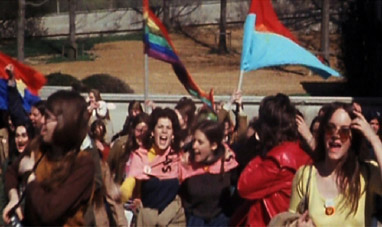

1968
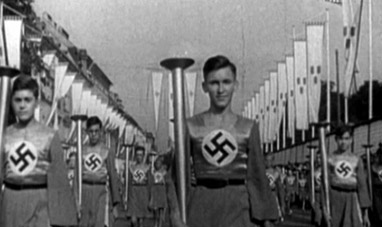

THE ADVENT OF NAZISM


NATO (NORTH ATLANTIC TREATY ORGANIZATION)
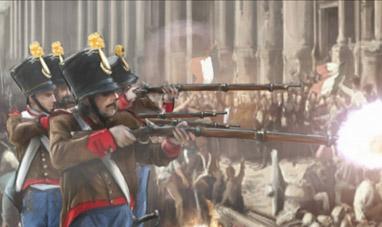

FIRST ITALIAN WAR OF INDEPENDENCE
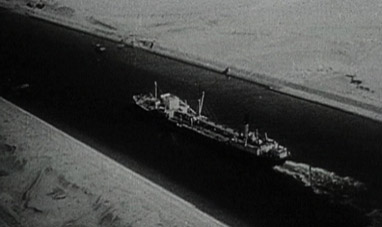

THE SUEZ CRISIS


ASIAN TSUNAMI 2004
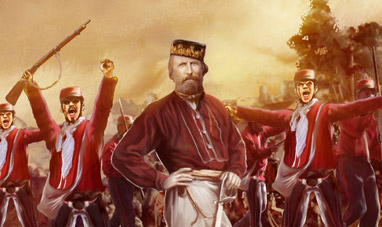

THE EXPEDITION OF THE THOUSAND
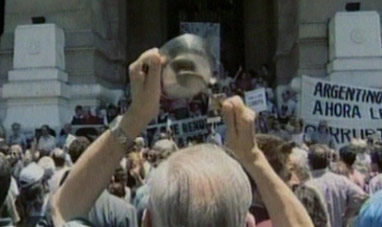

THE 2001 ARGENTINE ECONOMIC CRISIS
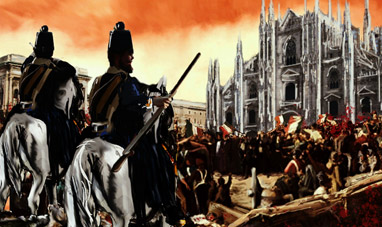

FIVE DAYS OF MILAN
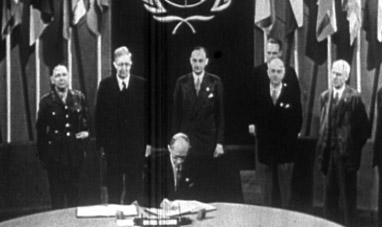

THE BIRTH OF THE UNITED NATIONS
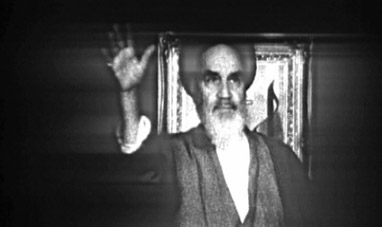

THE IRANIAN REVOLUTION
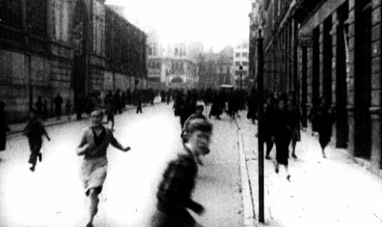

THE SPANISH CIVIL WAR


THE KOSOVO WAR


SECOND ITALIAN WAR OF INDEPENDENCE


THE VAJONT DISASTER
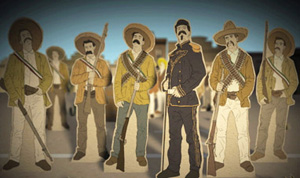

PORFIRIO DÍAZ


TANGENTOPOLI
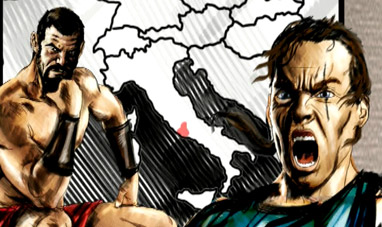

THE KINGS OF ROME
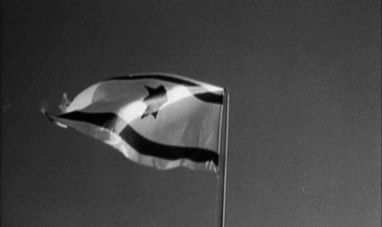

THE BIRTH OF ISRAEL
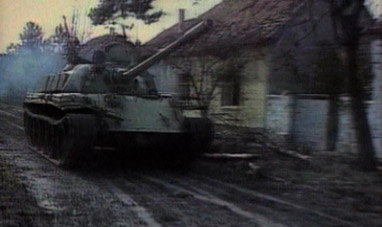

THE BALKAN WARS OF THE 1990S
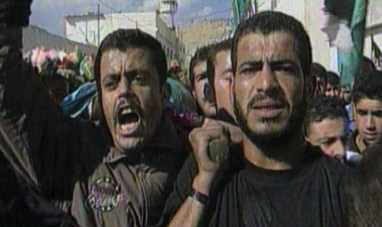

THE SECOND INTIFADA
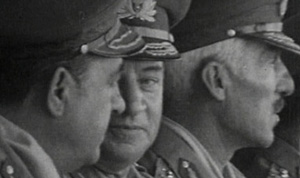

THE GREEK MILITARY COUP
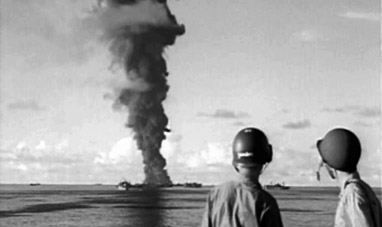

THE OUTBREAK OF WORLD WAR II


SEPTEMBER 11, 2001
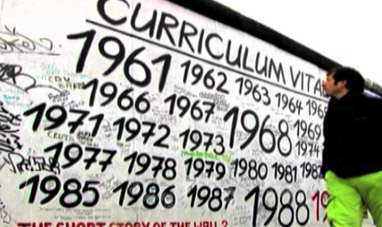

THE FALL OF THE BERLIN WALL
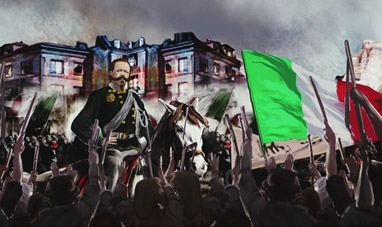

THIRD ITALIAN WAR OF INDEPENDENCE
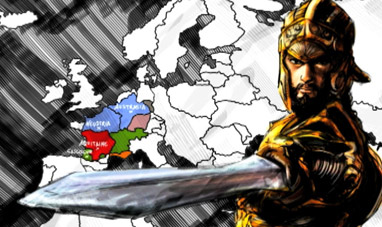

THE BATTLE OF TOURS
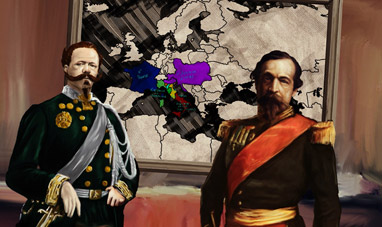

PLOMBIÈRES AGREEMENTS
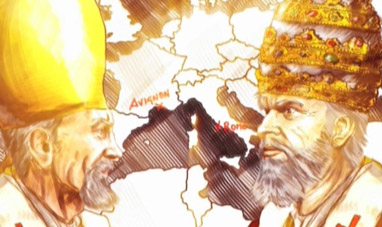

WESTERN SCHISM, THE


THE CONGRESS OF VIENNA


THE TAIWAN ISSUE


NORMANDY LANDINGS
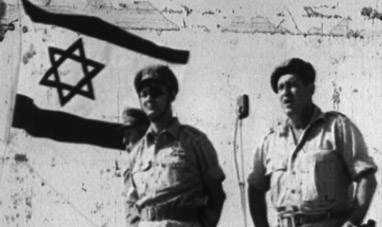

THE SIX DAY WAR
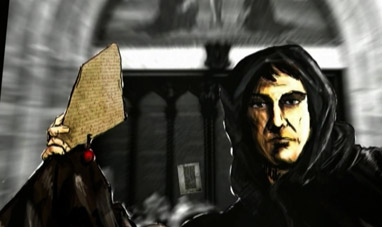

THE PROTESTANT REFORMATION


THE WALL STREET CRASH OF 1929
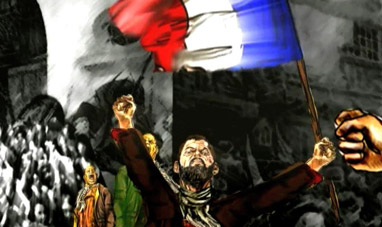

THE FRENCH REVOLUTION
